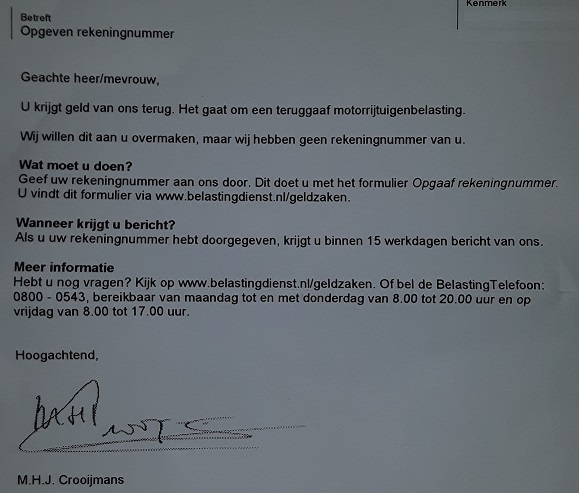Generally, the guidelines also specifiy whether the editor wants an accompanying letter (or e-mail message) with your story. Instructions may include giving a brief biography, listing your two or three most prominent previous publication credits, or telling them about any experience or knowledge you have that pertains to your story. If the guidelines include instructions like these, follow them, and stick to the requested information. Above all, cover letters should be brief and to the point.
Don’t volunteer information not specifically requested. In particular, don’t tell the editor how you’ve poured a large part of your soul into the story, neglecting your family, turning to alcohol and losing sleep. Your story matters; your writing kudos matter; your personality does not. Which also means that you may not, I repeat, not tell them how much acceptance will mean to you. They know, and they don’t care. And the biggest no-no: don’t ever tell them how negatively a rejection will reflect on themselves and their editorial qualifications.
If asked to list your publication credits, be serious about those. High-kudos credits tell the editor that he can take you seriously as a writer, and may even help you bypass the first readers. Vague, token-payment, self-published, or different-language kudos, have the opposite effect: they tell the editor that you are unprofessional and don’t understand the point of listing your publication credits.
Alternatively, instructions may specifiy that you should not include a cover letter. In that casre, don’t. Why bother? If the editor has stated in the guidelines that they don’t want a cover letter, you can rest assured that they will not read a word of it.
In other words: be polite, be professional, be to the point, and take the editor and his/her wishes seriously. It costs you nothing, and gains you the world.
